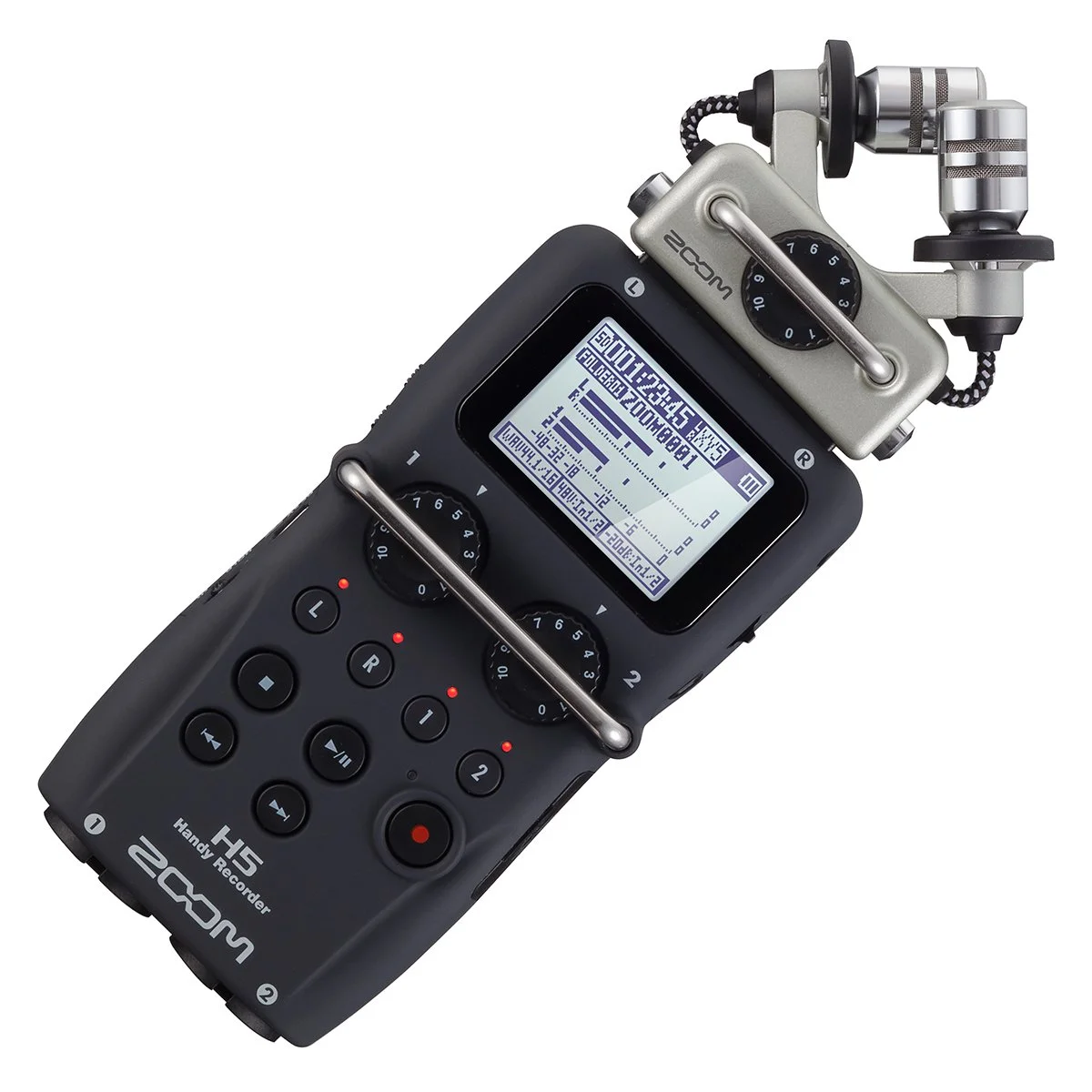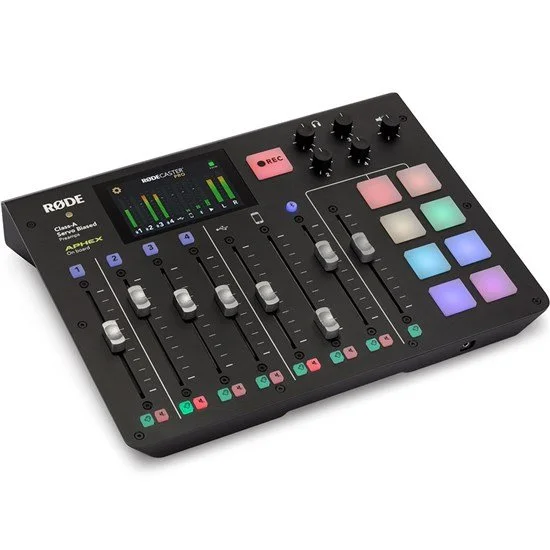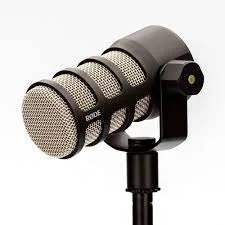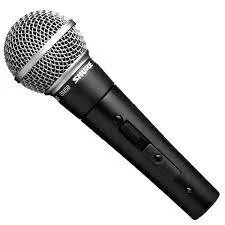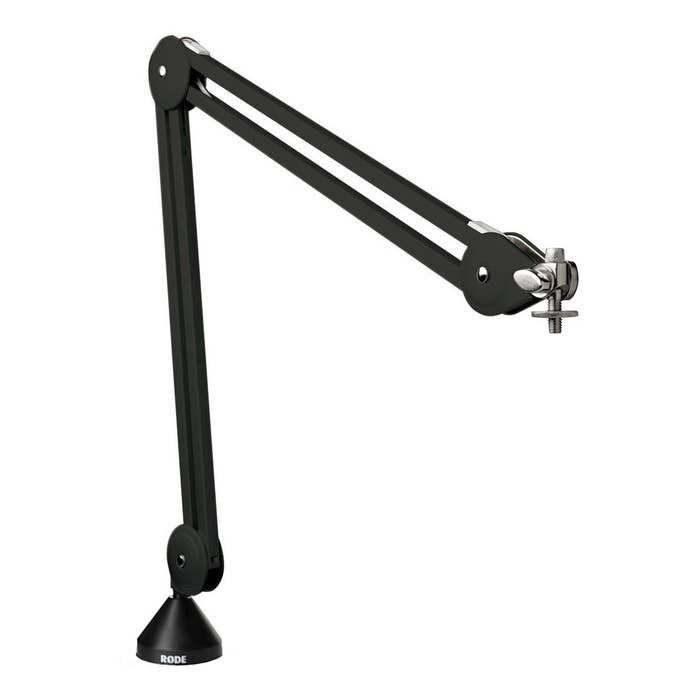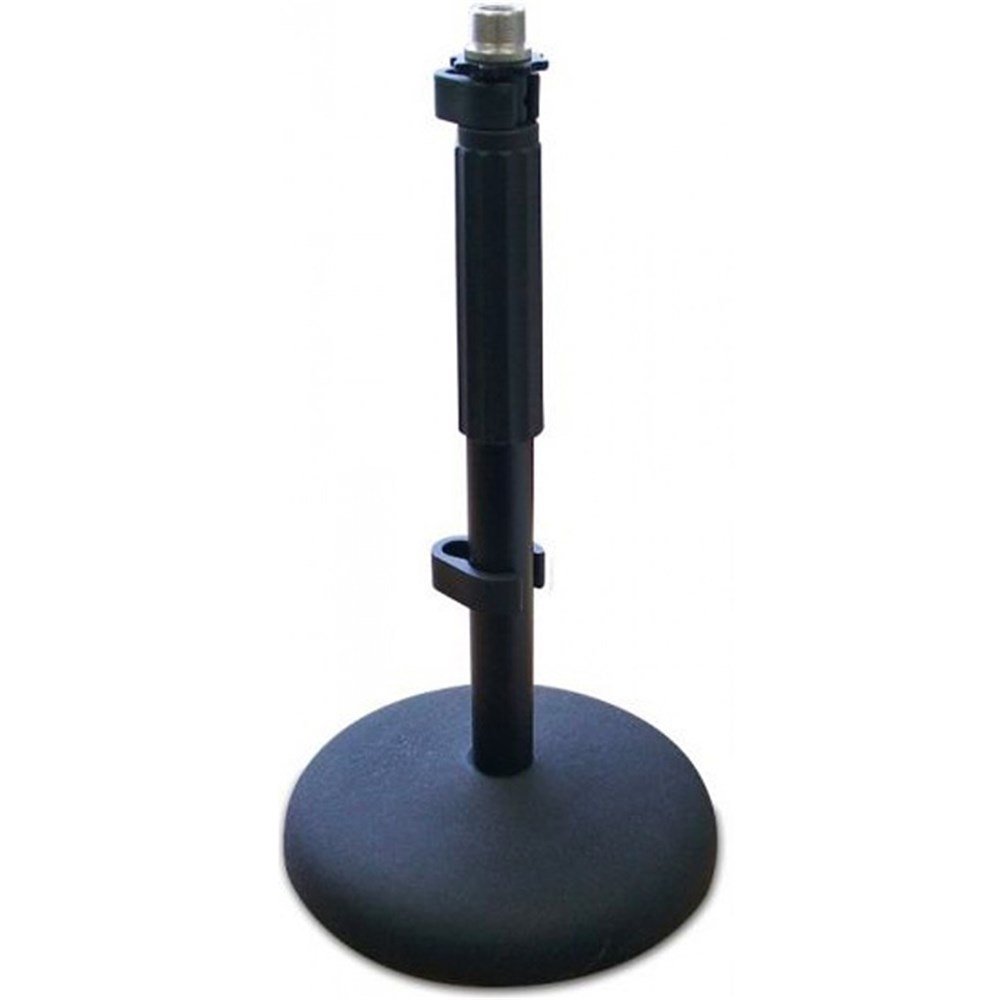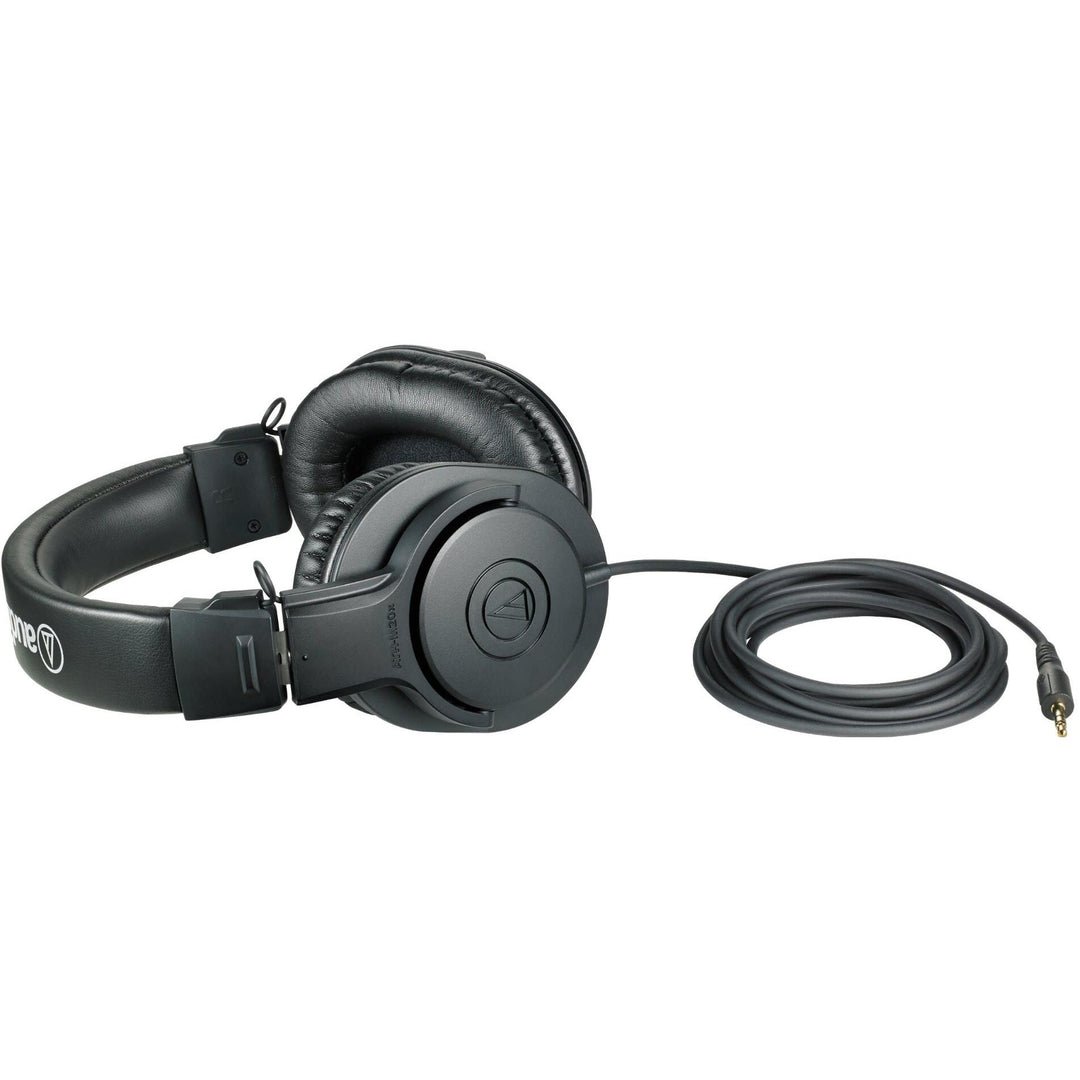Equipment for a home or office studio
So, you’re thinking of producing a podcast. Good on you! It’s one of the best forms of engagement, where your target market gets to hear the real you, the authentic you.
And, like the majority of podcasts, you want to produce an interview-style podcast. Perhaps you want to interview leaders within your organisation in the same building, or you would like to invite people into your studio.
So, what equipment do you need? The number of options can be overwhelming. Here I list two options for each piece of recording equipment.
RECORDER/MIXER
An external mixer/recorder to capture the audio.
Zoom H5 Handy Recorder ($399)
The Zoom H5 has XLR inputs for two microphones. (The more expensive Zoom H6 will handle up to 4 microphones.) The ZoomH5 (or H6) is portable, and you can record directly into it without the need of a computer.
RodeCaster Pro ($849)
This recorder/mixer was designed specifically for recording podcasts. It comes with a lot of features, some of which are superfluous, like the ability to add sound effects while recording. (You should only add effects in post-production.)
It has XLR inputs for four microphones. The recording quality is better on the device itself, but you can record directly into your computer via a USB cable.
TWO XLR MICROPHONES
You need at least two XLR microphones for the recorder/mixer: one for the host and one for the guest.
Rode PodMic ($149 each)
The Rode PodMic is a broadcast-grade dynamic podcasting microphone created specifically for podcasts, and is recommended for the RodeCaster Pro recorder.
Shure SM58 Dynamic Microphone ($199)
The Shure SM58 is the legendary and industry standard vocal dynamic microphone. Used by musicians, it’s also a very good for podcasts.
TWO MICROPHONE STANDS
You need at least two XLR microphones for the recorder/mixer: one for the host and one for the guest.
Rode PSA1 Professional Studio Boom Arm ($150)
A “boom arm” will allow you to adjust the height of the mic … and it looks cooler! It’s not as portable and would ideally be used for a room which is used only for podcasting so you can leave it there.
Rode DS1 Desktop Stand ((U$29)
A much cheaper and more portable alternative is a desktop stand. It doesn’t take up so much room and can be stored away after use.
XLR CABLES
XLR Cable ($20 each)
Make sure you buy an XLR cable for each microphone to plug into your mixer/recorder . If you’re monitoring the audio yourself, get a short one. If someone else is monitoring the audio from farther away, get a longer one.
HEADPHONES
When you’re doing the interview somebody must be listening to the audio at the same time, whether it’s you or someone else, in order to monitor the audio levels. The headphones will allow you to hear what is being recorded. (There are subtle differences between what you can hear with your naked ear and what you can hear through your headphones.)
Don’t ever use wireless headphones. There are often issues with audio jumping, and you don’t get a true listening experience as you would with corded headphones.
Audio-Technica ATH-M20x ($89)
It covers your ears, so eliminates seepage of audio. It’s durable and comfortable.
YOUR ROOM IS IMPORTANT
Having the right equipment is one thing. But, it can be all for nought if you the environment you record in isn’t optimised. To ensure you record at the highest possible quality, it’s important to treat your room like a recording studio.
Ensure you have:
A small, quiet room. (Large rooms sound cavernous – they can add reverb to your voice.)
Carpet flooring
Heavily furniture room will absorb the sound, or
Closed blinds or curtains, or
Acoustic foam panels you can buy at music stores or DJCity
While recording, make sure to:
Turn off aircon/heating if possible
Turn off smart phones and other electronic devices
Close emails and other apps which might ding
Eliminate or reduce other sounds, footsteps, people talking in the corridors or next room, the hum of fridges, ticking clock, etc.

